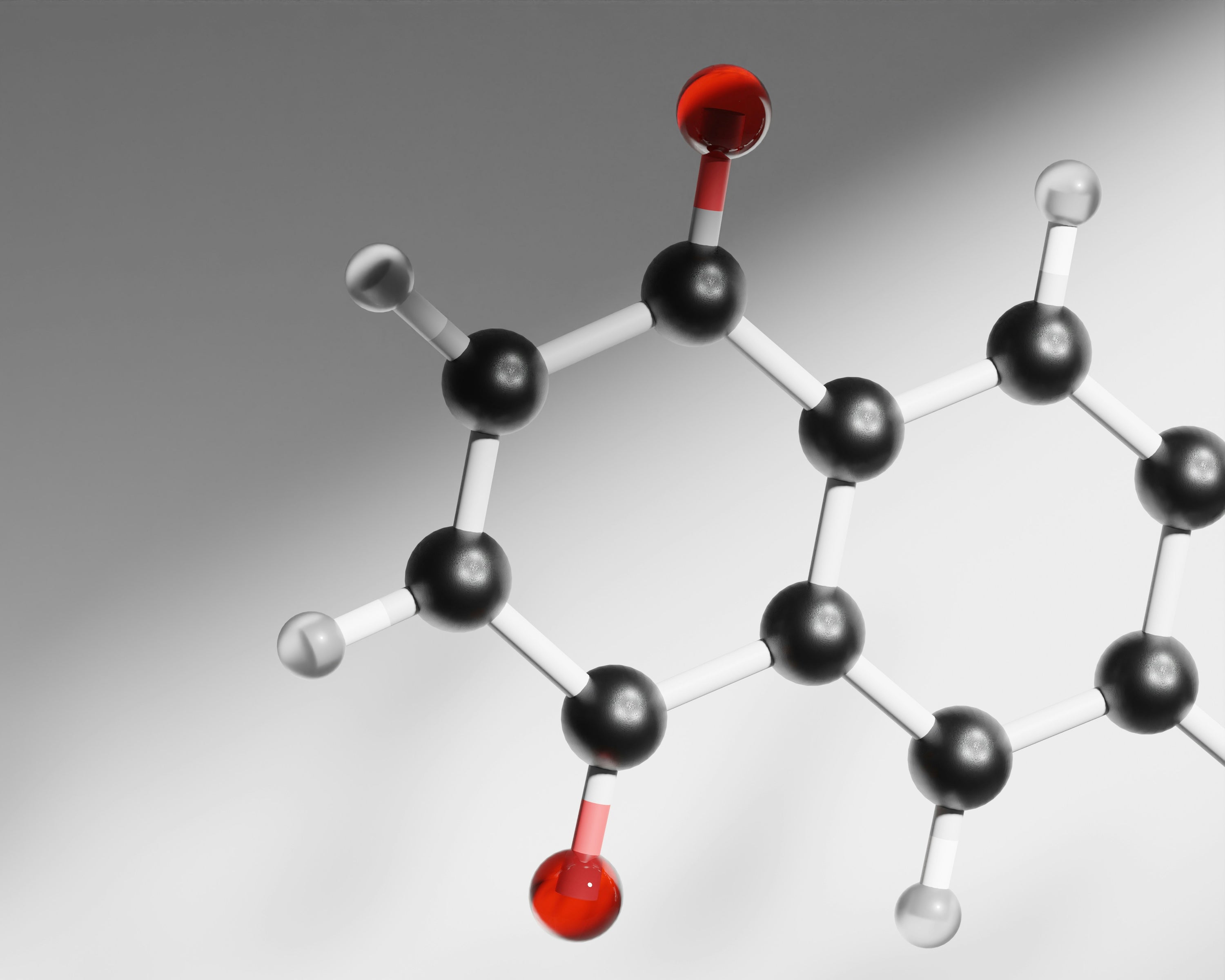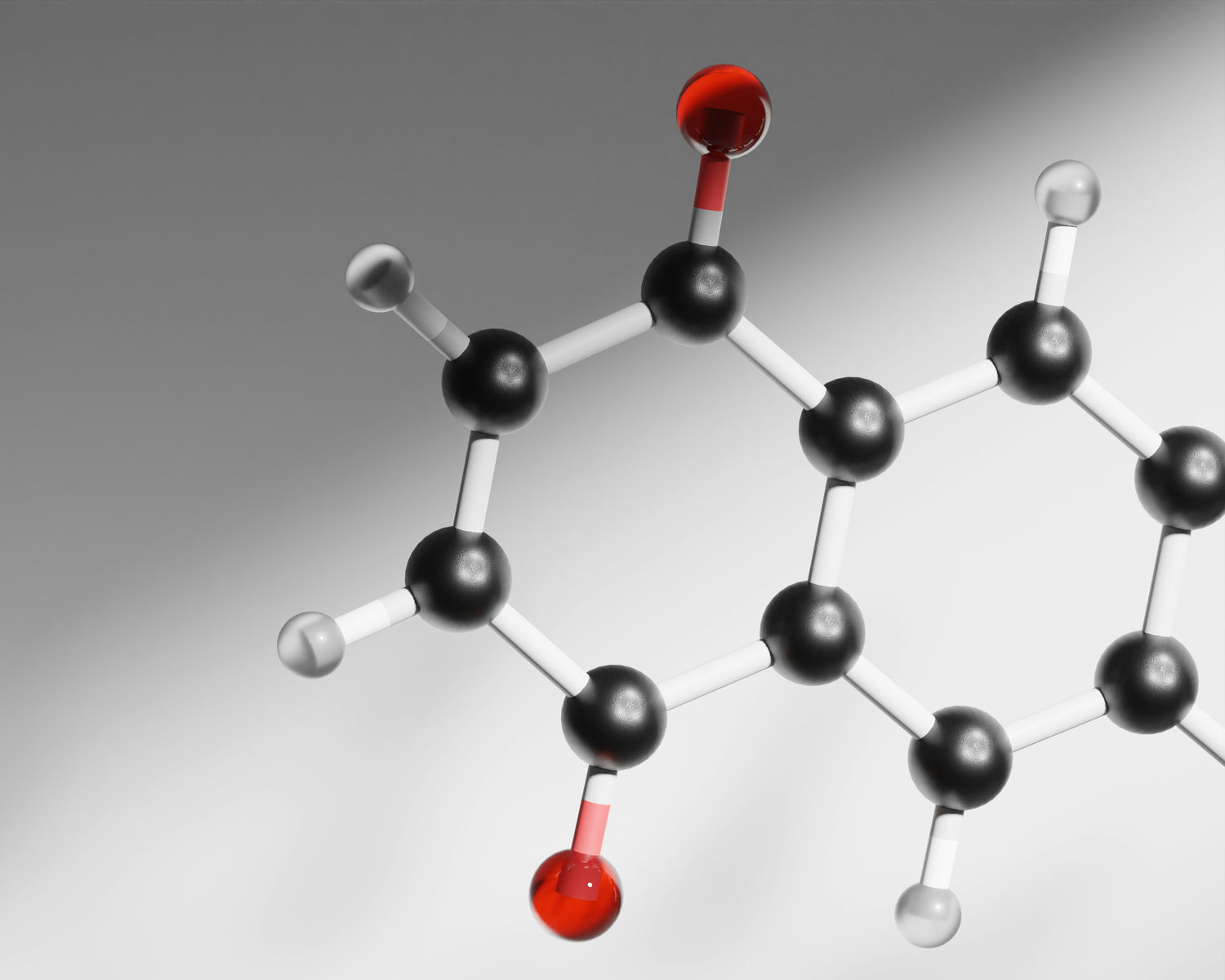In the quest to better understand the environment around us and its impact on our health, the discussion about Volatile Organic Compounds (VOCs) has become increasingly pertinent. These compounds, though invisible and often unnoticed, pervade our daily lives, subtly influencing the air quality around us.
This article aims to demystify VOCs, shedding light on what they are, where they can be found, and their potential effects on health and well-being. Additionally, we'll touch upon how Runitude is pioneering safer alternatives in the portable sauna market to mitigate the risk associated with VOCs.
The Essence of VOCs
Volatile Organic Compounds (VOCs) are a broad group of chemicals that are characterized by their tendency to evaporate at room temperature. This volatility stems from their low boiling points, which enables these compounds to transition from a liquid or solid state into a gaseous form at ambient temperatures. The 'organic' in VOCs refers to their carbon-based molecular structure, common to many living organisms and synthetic processes.
Sources of VOCs
VOCs are omnipresent in both indoor and outdoor environments, emanating from a variety of sources. Outdoors, they are majorly produced through industrial processes and vehicle emissions. Inside our homes and workplaces, VOCs are released from everyday items such as paints, varnishes, cleaning supplies, air fresheners, and even office equipment like printers and copiers. Furthermore, building materials and furnishings can off-gas VOCs, contributing to indoor air pollution.
Health Implications of VOC Exposure
The exposure to Volatile Organic Compounds (VOCs) poses various health risks, ranging from minor irritations to serious, long-term health issues. Understanding the spectrum of potential health implications is crucial for protecting oneself and minimizing exposure.
Let’s dive deeper into the health effects associated with VOCs, categorizing them into immediate and long-term impacts.
Immediate Effects
Upon exposure to VOCs, individuals may experience a variety of acute symptoms. These immediate effects often resemble allergic reactions or irritations and can include:
-
Eye, Nose, and Throat Irritation: Exposure to certain VOCs can cause discomfort in the eyes, nose, and throat, often described as a burning sensation or itchiness.
-
Respiratory Symptoms: People with asthma or other respiratory conditions may find their symptoms worsen upon exposure to VOCs. Even in individuals without pre-existing conditions, VOCs can trigger coughing and shortness of breath.
-
Headaches and Dizziness: High levels of VOCs can affect the central nervous system, leading to headaches, dizziness, or a feeling of lightheadedness.
-
Nausea and Vomiting: In some cases, the presence of strong or unpleasant odours from VOCs can induce nausea and even vomiting.
Long-Term Health Risks
While the immediate effects of VOC exposure can be troubling, the potential long-term health risks pose a greater cause for concern. Continuous or high-level exposure to certain VOCs has been associated with more serious health conditions, including:
-
Central Nervous System Damage: Prolonged exposure to specific VOCs can impact brain function, leading to cognitive impairments, memory loss, and a decrease in motor skills.
-
Liver and Kidney Damage: Some VOCs are metabolized by the liver and kidneys, putting excessive strain on these organs and potentially leading to long-term damage.
-
Cancer: Certain VOCs, such as benzene and formaldehyde, have been identified as carcinogens. Regular exposure to these compounds can increase the risk of cancer, particularly leukemia and lymphoma in the case of benzene and nasopharyngeal cancer with formaldehyde.
Vulnerable Group:
It's important to note that certain individuals may be more vulnerable to the effects of VOC exposure. These include:- Children: Due to their developing bodies and higher breathing rates relative to their body size, children are at a higher risk of adverse effects from VOC exposure.
- Pregnant Women: Exposure to certain VOCs during pregnancy can impact fetal development and may lead to birth defects or developmental disorders.
- Elderly Individuals: Older adults, especially those with pre-existing health conditions, may be more susceptible to the health effects of VOCs.
- People with Pre-existing Health Conditions: Individuals with respiratory illnesses, such as asthma or chronic obstructive pulmonary disease (COPD), or those with compromised immune systems, may experience exacerbated symptoms upon exposure to VOCs.
Understanding these health implications underscores the importance of mitigating VOC exposure, particularly in indoor environments where concentrations can be significantly higher. Through increased awareness and proactive measures, individuals can protect themselves and their families from the potential health risks posed by VOCs.
Mitigating VOC Exposure
Improving ventilation is a primary strategy to reduce indoor VOC levels. This includes opening windows, using exhaust fans, and ensuring adequate fresh air intake in heating, ventilation, and air conditioning (HVAC) systems.
Additionally, opting for products that are low in VOCs, following manufacturers' guidelines for use and storage, and regular monitoring of indoor air quality can help minimise exposure risks.
Runitude: A Breath of Fresh Air in Portable Sauna Technology
Acknowledging the concerns surrounding VOCs, especially in products like portable saunas that are designed for health and relaxation, Runitude has taken significant strides to address this issue head-on. Unlike other portable sauna tents, which can emit harmful volatile organic compounds, Runitude's portable saunas are meticulously designed with medical-grade materials. This choice of material ensures that users are safe from toxic fumes commonly associated with VOCs.
At Runitude, we understand that trust must be earned. Therefore, we don't just claim to offer a safer alternative; we back it up with evidence. Our products undergo rigorous testing by independent third-party laboratories to ensure they meet the highest safety standards. These tests confirm our commitment to providing a product that not only enhances wellness through the benefits of sauna use but also protects users from the potential harms of VOC exposure.
In a world where health and safety have become paramount, Runitude's approach offers peace of mind to those seeking the therapeutic benefits of sauna use without compromising on air quality. Our dedication to innovation, safety, and health represents a significant step forward in making wellness accessible and safe for everyone.
In conclusion, while VOCs remain a pervasive challenge in our quest for clean air and a healthy environment, knowledge and proactive measures can significantly mitigate their impact. Through education, mindful choices, and innovative solutions like those offered by Runitude, we can create healthier living spaces that nurture both our physical and mental well-being.
-
Salthammer, T., & Fuhrmann, F. (2007). Photocatalytic surface reactions on indoor wall paint. Environmental science & technology, 41(18), 6573–6578. https://doi.org/10.1021/es070057m
-
Väisänen, A., Alonen, L., Ylönen, S., & Hyttinen, M. (2022). Volatile organic compound and particulate emissions from the production and use of thermoplastic biocomposite 3D printing filaments. Journal of occupational and environmental hygiene, 19(6), 381–393. https://doi.org/10.1080/15459624.2022.2063879
-
Fiedler N, Laumbach R, Kelly-McNeil K, et al. Health effects of a mixture of indoor air volatile organics, their ozone oxidation products, and stress. Environ Health Perspect. 2005;113(11):1542-1548. doi:10.1289/ehp.8132
-
Beach, J. R., Raven, J., Ingram, C., Bailey, M., Johns, D., Walters, E. H., & Abramson, M. (1997). The effects on asthmatics of exposure to a conventional water-based and a volatile organic compound-free paint. The European respiratory journal, 10(3), 563–566.
-
Norbäck, D., Hashim, J. H., Hashim, Z., & Ali, F. (2017). Volatile organic compounds (VOC), formaldehyde and nitrogen dioxide (NO2) in schools in Johor Bahru, Malaysia: Associations with rhinitis, ocular, throat and dermal symptoms, headache and fatigue. The Science of the total environment, 592, 153–160. https://doi.org/10.1016/j.scitotenv.2017.02.215
-
Gao, Y., Sun, C., Gao, T., Liu, Z., Yang, Z., Deng, H., Fan, P., & Gao, J. (2022). Taurine ameliorates volatile organic compounds-induced cognitive impairment in young rats via suppressing oxidative stress, regulating neurotransmitter and activating NMDA receptor. Frontiers in veterinary science, 9, 999040. https://doi.org/10.3389/fvets.2022.999040
-
Kotzias, D., Geiss, O., & Tirendi, S. (2005). Valutazione dell'esposizione totale a benzene e formaldeide nei paesi europei [Evaluation of total exposure to benzene and formaldehyde in the European countries]. Epidemiologia e prevenzione, 29(5-6 Suppl), 17–21.
-
Boyle EB, Viet SM, Wright DJ, et al. Assessment of Exposure to VOCs among Pregnant Women in the National Children's Study. Int J Environ Res Public Health. 2016;13(4):376. Published 2016 Mar 29. doi:10.3390/ijerph13040376




